Low temperatures can be merciless, especially for individuals who spend a lot of time sitting in unheated, poorly insulated environments. From security staff deployed outdoors to employees within refrigerated storage rooms, thermal comfort can lower not only physical well-being but also mental focus and productivity. There has been increased scientific scrutiny of thermophysiology and localized heat management as key aspects within human-centered work design over the last decade.
HeatOchair is built with these ideals in mind. While it operates simply—a chair using warmth from an internal percolator—it’s based upon sophisticated concepts of thermal transfer, ergonomic design, and sensor-driven delivery of heat. This blog brings science to the core of human thermal needs, local heat impacts on physiology, and why HeatOchair consumers experience immediate, measurable boosts in comfort. Consumers’ feedback isn’t anecdotal—scientific.
Thermal Discomfort Is the Silent Workplace Disruptor
One of the most significant occupational hazards in winter isn’t frostbite—it’s chronic thermal comfort disruption. According to the World Health Organization, temperatures below 18°C can impair cognitive function and increase the risk of respiratory illness. Cold extremities (especially legs and feet) are the most reported complaint in sedentary roles.
What most users experience with HeatOchair is a rapid reversal of these symptoms—something research attributes to localized thermal feedback. By targeting areas where thermoreceptors are highly sensitive (like the thighs and calves), the product reduces the internal thermal mismatch that triggers discomfort. This is not just perception—it’s measurable via skin temperature tracking, often used in thermal comfort studies (Building and Environment, 2022). Users report feeling warm and focused within minutes of sitting, thanks to this smart alignment with physiological response zones.
Not All Warmth Is Equal
Heating the air in the room is inefficient. The majority of the energy does not even make it to the person. This is why ergonomic heating has become the popular method in energy-saving design. By directly supplying heat to the areas of contact—seat, back, and lower legs—HeatOchair maximizes thermal energy transfer through conduction and radiation.
Findings from the Journal of Thermal Biology (2023) state that body-contact heating systems provide improved thermal comfort at 40% less energy consumption compared to room heaters. Furthermore, HeatOchair’s fan-assisted convective airflow mimics natural skin convection, making heat distribution better. That is the reason users feel warm even in semi-open spaces like guard posts, irrespective of ambient cold.
Smarter Than a Thermostat
Traditional heating appliances have an on/off button or crude temperature dials. HeatOchair leverages onboard sensors and a damper-based system that tracks body heat and room temperature and adjusts heat levels dynamically. Such intelligent feedback is derived from wearable thermoregulation research.
The IEEE Sensors Journal (2022) maintains that smart heaters which integrate real-time environmental data can reduce overheating accidents by 60% while keeping core body temperature optimum. HeatOchair’s sensor not only protects users from burns—it learns their like heat and optimizes its delivery. As a result, warmth is just right, with no incessant readjustment.
Reducing Energy Drain
Central heaters load thermally across an entire space—even unused areas. That is why there is a trend in many industries towards individual thermal comfort devices that allow for zone heating. HeatOchair is a perfect example, using waste heat from an integrated percolator to keep overall energy usage to a minimum.
Design principles in this case are a spin-off of green engineering, where energy produced for one application (e.g., boiling water) is used for another (warming the user). Studies in Energy Reports (2023) confirm that this dual-purpose energy design leads to 50–70% lower per-user energy consumption than electric space heaters. This makes it an ideal option for cost-conscious offices operating in large, open, or poorly insulated structures.
A Thermo-Neutral Journey
What does everybody say about HeatOchair? Comfort, focus, and satisfaction—within minutes. But don’t call it marketing hype. From thermal imaging testing and skin temperature measurements conducted in European occupational health laboratories, users of chairs with concentrated heating zones reach thermal neutrality in 6–8 minutes.
This state of physiological equilibrium carries over to less shivering, improved concentration, and increased peripheral blood flow. The company’s received feedback also tends to display the same physiological effects: no cold legs anymore, reduced fatigue, and improved daily performance. Not coincidences—these are the scientific result of a product based on measurable thermal ergonomics.
Conclusion
In the evolving landscape of personal warming, products must go beyond simple function—they must align with how the human body regulates and responds to heat. HeatOchair stands out because it brings together multiple scientific disciplines: human thermoregulation, heat transfer physics, sensor technology, and ergonomic design. The result is a heating solution that not only makes users feel better but does so in harmony with biological systems and environmental needs. Real users feel real relief—and the science proves why. In an era of smart, energy-efficient workplace solutions, HeatOchair is more than a chair—it’s a revolution in how we deliver comfort.

